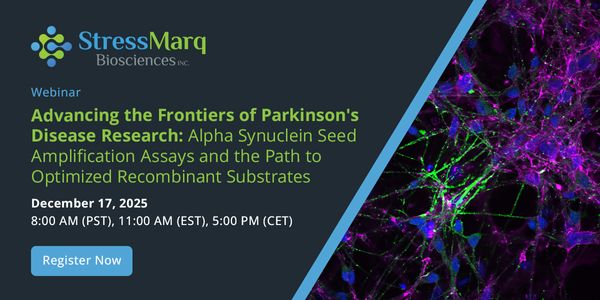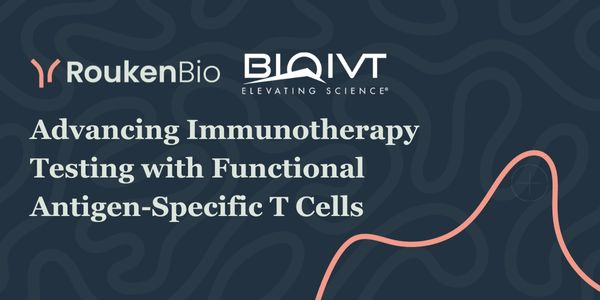Novel Tools for Drug Discovery in Neurodegenerative Diseases
-
Jacob McPhail, PhD
R&D Scientist, StressMarq Biosciences Inc.BIOGRAPHY
Alzheimer’s and Parkinson’s diseases (AD, PD) are the two most common neurodegenerative disorders. Both diseases are characterized by abnormal aggregates in the brain, which include alpha-synuclein, tau and amyloid beta (Aβ). These proteins share a common pathological mechanism whereby aggregation leads to neuronal toxicity and plaque formation. A key goal in advancing AD/PD drug discovery is establishing disease models that effectively mimic pathology observed in vivo. We have developed consistent, scalable methods to generate active neurotoxic protein aggregates in vitro. Recently we generated fibrils of pyroglutamate Aβ, an N-terminally truncated peptide modified by glutaminyl cyclase present in late-stage AD, and fibrils of the tau dGAE fragment, which we show more closely demonstrates AD-like fibril pathology than other tau fibrils. Finally, we have also generated co-polymer alpha-synuclein and tau fibrils. These novel molecular tools expand the range of constructs available to study neurodegenrative disease and facilitate AD/PD drug discovery efforts.
Learning Objectives:
1. Discuss various pathogenic protein aggregates involved in Parkinson’s and Alzheimer’s disease.
2. Explain how aggregates generated in the laboratory mimic those isolated from diseased brains and can be used to study neurodegeneration.
3. Discuss novel aggregates being targeted at the forefront of therapeutic development.
Please update your information
Certificate of Participation
DOWNLOAD CERTIFICATE






